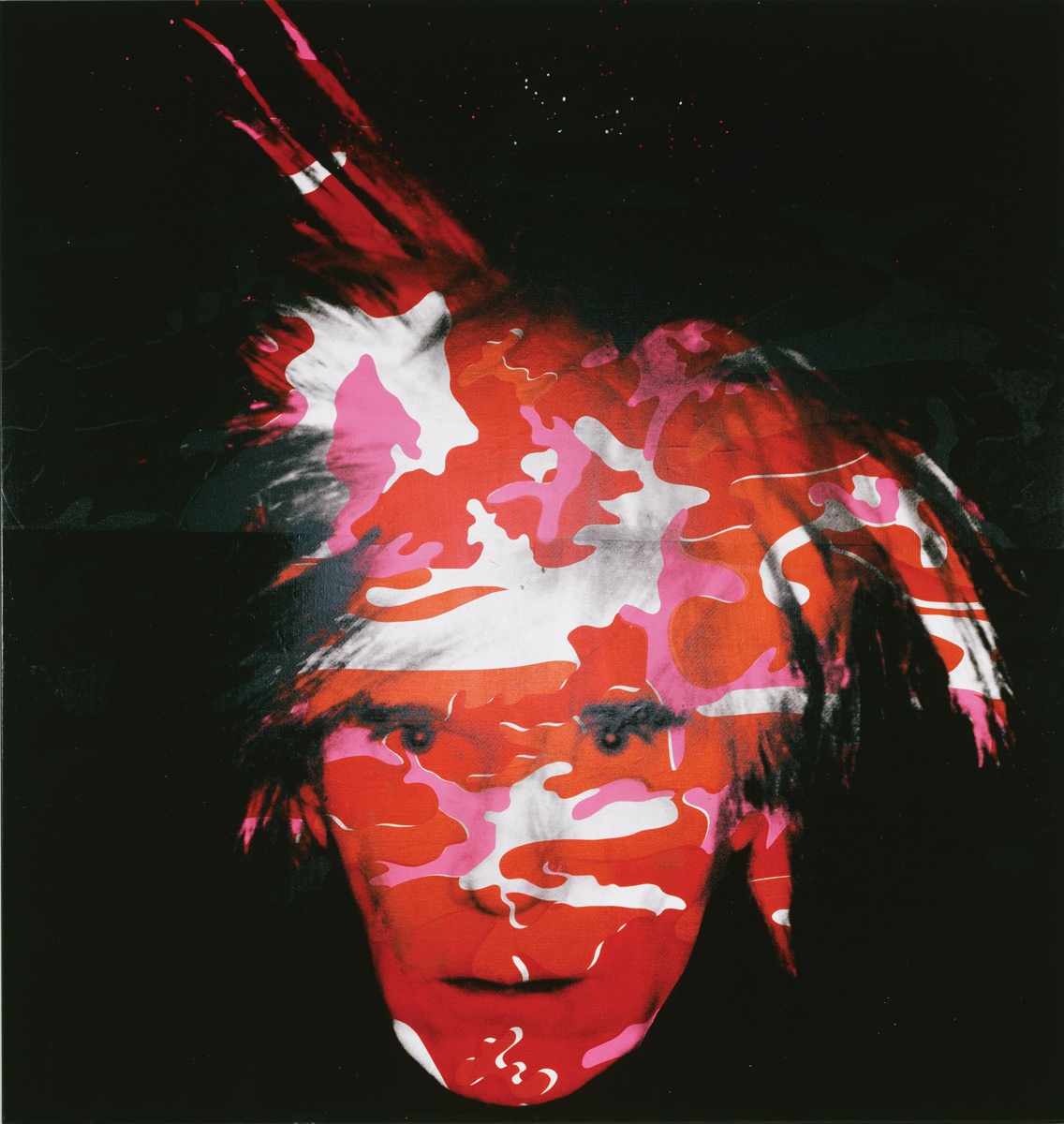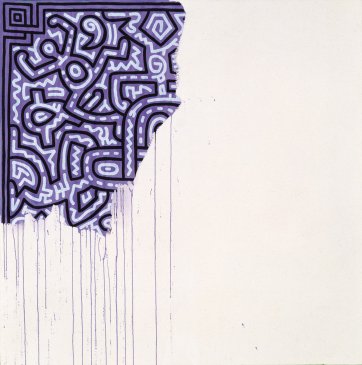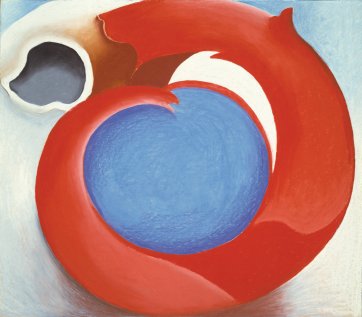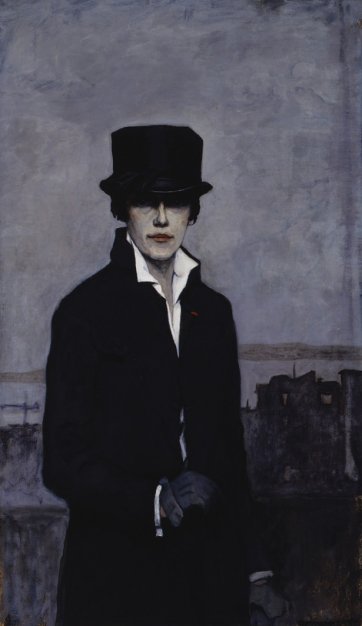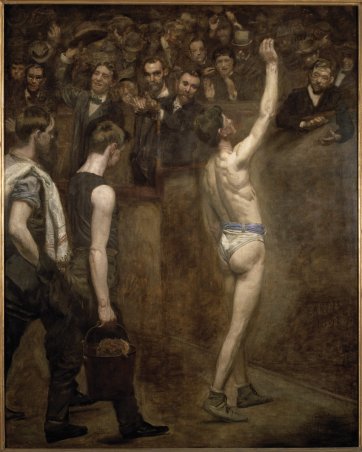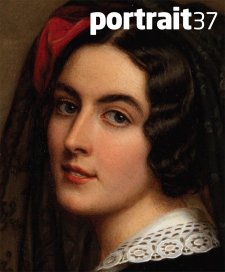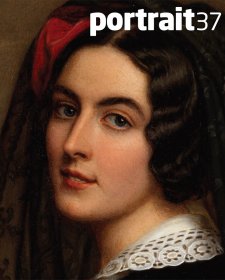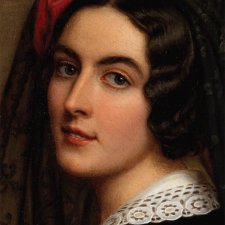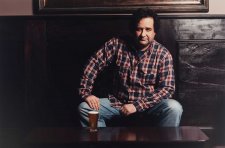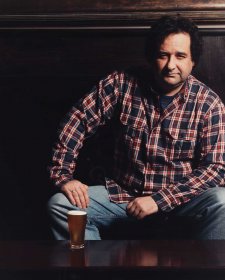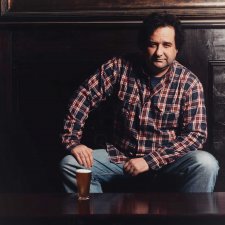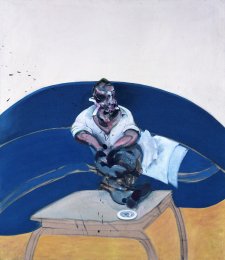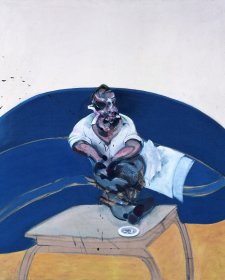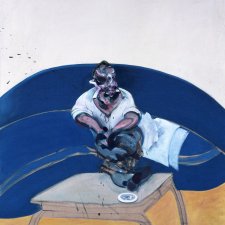Hide/Seek: Difference and Desire in American Portraiture at the National Portrait Gallery, Washington is the first major museum exhibition to focus on sexual difference in the making of modern American portraiture.
The idea originated through my fortuitous meeting with Jonathan Katz, director of the doctoral program in visual studies, State University of New York at Buffalo, when my exhibition on Walt Whitman was up at the Gallery. I had shown a picture of Whitman with Peter Doyle and in the label I said: ‘This is Walt Whitman and his lover Peter Doyle’. Jonathan Katz, who was a fellow here at the time, told me it was the first time that their relationship had been acknowledged in a major museum exhibition. From that rather astonishing fact, Jonathan and I had a series of conversations about the unacknowledged role of sexual difference and the place of gay and lesbian artists in the making of modern American portraiture. To Jonathan’s surprise, since he hadn’t had much luck pitching an exhibition idea to other museums, the National Portrait Gallery, Washington quickly agreed to our proposal for Hide/Seek: Difference and Desire in American Portraiture.
Now, with the exhibition opening in sight, I have to say that I think that it is an electrifying show. It is a masterpiece show backed by a scholarly reinterpretation of the course of American portrait art for the last hundred years. I think it’s a major contribution to the history of American modernism. And, as I say, taken in whole and in part, the art objects are just spectacular.
Portraits are a fascinating and enduringly popular art form because they can elicit a whole range of connections and responses from the viewer. Portraiture, like biography, permits us to enter into the lives of others and explore how identities and meanings were forged in past time in ways that resonate with our search for meaning. Through portraiture, by looking at others, across the course of history, ultimately we end up looking at ourselves.
Portraiture’s appeal comes from its being simultaneously an intensely private consideration of personality and character while also a public document that celebrates and commemorates the life of an individual. Frequently, concealing as much as they reveal; there is really no such thing as a ‘true’ likeness. Instead, it is through this gap between public and private that some of the most successful and brilliant portraits are made, by artists attuned to the exploration of how lives are fashioned.
Above all, portraiture is intimate. It can, at times, feel like an intrusion – even a trespassing – into the lives of others. Great portraits can be disturbing precisely because they speak to the core of human identity and meaning, the messy reality that the poet WB Yeats called the ‘rag and bone shop of the heart’.
Of all of portraiture’s great themes, that of sexual identity and desire has been one of the most powerful but the one about which we are most reluctant to speak – a reticence that closes off a powerful dimension in our consideration of art and society as well as a central element in the human experience. Hide/Seek: Difference and Desire in American Portraiture considers the long ignored or suppressed subject of the role of sexual difference in the depiction of modern Americans. It shows how artists have explored the definition of sexuality and gender at certain points in our history. And it considers how major themes in modern art—especially abstraction—were influenced by the position of gay and lesbian artists in American society. By covering over a hundred years of portraiture, Hide/Seek also shows how art reflected society’s changing attitudes toward sexual identity.
The exhibition begins with late nineteenth-century works by Thomas Eakins and John Singer Sargent, and charts twentieth-century portraiture with 105 major works by masters, including Romaine Brooks, George Bellows, Marsden Hartley and Georgia O’Keeffe. It continues through the postwar period with works by Jasper Johns, Robert Rauschenberg, Agnes Martin and Andy Warhol. The exhibition proceeds through the end of the twentieth century and considers more recent history, in particular the birth of the modern gay liberation movement, to demonstrate how portraiture continuously reflects the seismic shifts in American culture and society.
Hide/Seek: Difference and Desire in American Portraiture surveys more than 100 years of compelling expressions of American art, revealing another layer of American social history, one that greatly influenced these artists’ work and American art as a whole. The exhibition proceeds through the end of the twentieth century with major works by artists such as Keith Haring, Glenn Ligon, Nan Goldin, Felix Gonzalez- Torres, David Wojnarowicz and Catherine Opie.
The exhibition is titled, Hide/Seek: Difference and Desire in American Portraiture because those with different sexual identities – who are of, but not fully a part of, the society they portrayed –occupied a position of influential marginality in modern society. From a position as outsiders, they crafted innovative and revolutionary ways of painting portraits. Society’s attempt to forbid or proscribe them forced them into creative acts of resistance in order to express their subjects’ identities – and also their own.
Moreover, long before the advent of today’s gay and lesbian movement there were many examples of art that acknowledged a variety of sexual identities. In charting how these identities were pictured, it is important to note that there are lesbian, gay, bisexual, transgender and queer artists and sitters and non- LGBTQ artists and sitters in this exhibition. That so many of the names in this exhibition, from Eakins to Warhol, are touchstones in the history of American art and that so many of its works are masterpieces of American portraiture, is clear evidence that communion and exchange among people of different sexualities has been the rule, not the exception, in American culture. Hide/Seek: tells the story of a powerful artistic and cultural legacy that has been hidden in plain sight for over a century.
